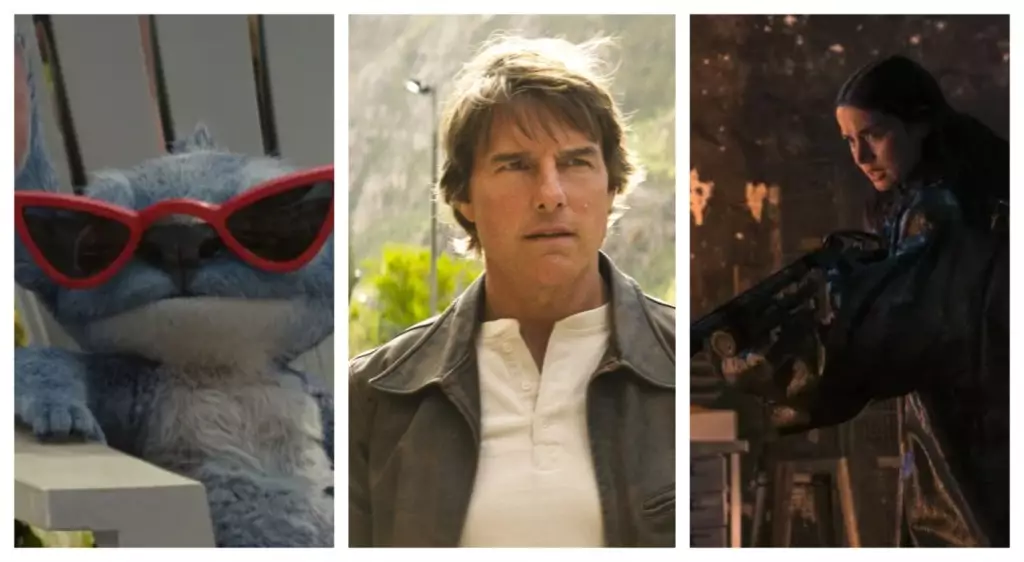In an era where cinematic competition is fiercer than ever, Disney’s “Lilo & Stitch” has emerged as a true box office powerhouse. As the film edges toward a staggering $800 million worldwide, it offers valuable insights into not only audience preferences but also the broader implications for the film industry in an age of rapid change. With a current global total of $772.6 million by its third weekend, “Lilo & Stitch” has solidified its position as a significant player in 2025’s cinematic landscape. But what does this mean for the future of filmmaking, particularly in the context of franchises and original storytelling?
The film has particularly thrived in international markets, reporting an overseas gross of $436.8 million. This begs the question: is originality still a viable strategy in a domain saturated with sequels and remakes? Disney seems to be capitalizing on nostalgia while still innovating to deliver compelling narratives. The critical reception has been mixed, yet its commercial success raises a fundamental issue in modern cinema — is box office gross a sufficient measure of a film’s quality?
Challenges for New Entrants: Lionsgate’s Ballerina Struggles
Conversely, Lionsgate’s “Ballerina,” a spinoff of the popular “John Wick” franchise, demonstrates that not all films can easily replicate Disney’s formulaic success. Debuting at $51 million globally, significantly lower than pre-release expectations, this film highlights the challenges faced by new entrants in an industry dominated by well-established franchises. With the film’s funding primarily drawn from foreign sales, the underwhelming launch serves as a reminder of the risks of relying on existing brands as a safety net.
Despite “Ballerina” being well-positioned in certain foreign markets, such as China and the UK, its lower-than-expected performance could signal audiences’ dwindling interest in action spinoffs. This raises questions surrounding the saturation of action franchises and whether audiences are seeking deeper narratives beyond mere thrills. As we move forward, it’s essential for studios to consider whether they can maintain audience engagement with templates or if they must return to the drawing board of storytelling.
The Inexorable Climb of Mission: Impossible – The Final Reckoning
Meanwhile, the latest iteration of the “Mission: Impossible” franchise is pulling in nearly half a billion dollars worldwide. Its total of $450.4 million signals a solid performance quite distinct from the struggles faced by lesser franchises. The film’s success can be attributed to a well-established brand, star power, and a knack for delivering consistently compelling narratives. The treasure trove of international markets continues to buoy its success, with China serving as a significant contributor to its impressive box office haul.
What the “Mission: Impossible” franchise illustrates is the value of evolution within storytelling. Unlike other series that appear stagnant or overly reliant on formulaic plots, this franchise consistently reinvents itself, much like its protagonist, played by Tom Cruise. While many critics point to Hollywood’s penchant for sequels as a crutch, “Mission: Impossible” provides a blueprint for how franchises can thrive by remaining fresh and innovative.
The Fraying Lines of Global Cinema
Both “Lilo & Stitch” and “Mission: Impossible” represent the juxtaposition of traditional storytelling rooted in character development with an awareness of global audience dynamics. Politics and socio-economic factors affect audience sentiments towards films; hence, a franchise character must resonate across diversified cultures, providing universal appeal while retaining localized elements.
With “Lilo & Stitch” dominating in markets such as France, Spain, and Brazil, its international success can be viewed as a light in the often dimming shadows of Hollywood’s influence. These patterns underscore the pressing requirement for studios to keep a pulse on international sentiments. In moments like these, when global issues stir uncertainty, films that resonate on an emotional level can bridge cultural gaps and create community experiences.
The descent of “Ballerina” shows that the formula for success in filmmaking requires more than just brand recognition. It requires storytelling finesse and a willingness to dig deeper into the emotional cores of its narratives. While it’s easy to dismiss box office numbers as mere statistics, they can tell a more complex story about the evolving landscape of cinema, guided by audience desires and social trends.

